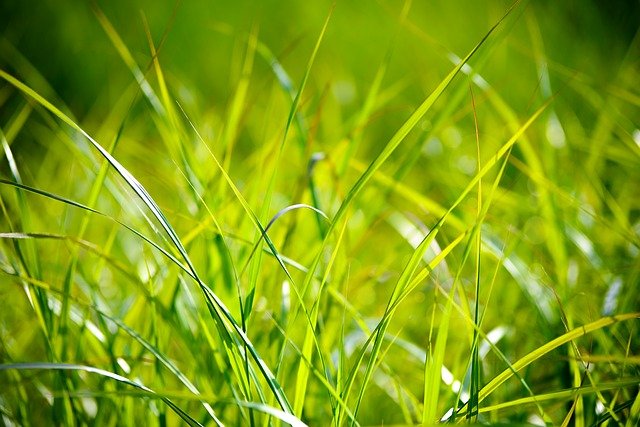
When it comes to lawn care and growing grass, there are many things that you need to consider to be able to achieve the perfect lush, green lawn that everyone dreams of. One of which is what type of soil is best for grass, and more specifically, your grass.
In this blog, we take a closer look at this question, delving into the different types of soil that your garden may have and which is most suited to growing grass and achieving a strong, healthy lawn.
So, let's find out...
The different types of soil
When it comes to the soil in your garden, four possible types exist. These are sandy soil, clay soil, silty soil and loam soil.
Sandy soils are good for grass as these are fast-draining soils, allowing water to reach the grassroots quickly. Clay soils are also good for grass and these are firm and hold moisture for the grassroots to absorb. Silty soil is similar to sandy soil in that it is fast-draining but contains smaller particles than grains of sand, so allows water to drain at a faster rate. Finally, loam soil is a mixture of sand, clay and silt soils in the correct proportions, and is the best soil in which to grow grass.
As well as the ability to drain and hold moisture, another vital characteristic of soil that will need to be considered when attempting to grow grass is the pH. This is a measure of the acidity or alkalinity of your soil.
The best type of soil for grass is slightly acidic to neutral. If, however, the soil is too acidic or too alkaline, the grass will not be able to absorb the essential nutrients that it needs to grow, which removes the third characteristic of healthy soil, which is the availability of nutrients.
Determining your type of soil
Finding out the type of soil that you have in your garden and which soil you may need more of is pretty straightforward.
Here, you simply need to gather a handful of soil and form a small ball in your hand. If the ball fails to retain its shape, it contains too much sand and is most likely nutrient-deficient. If it holds together and forms a solid sphere, however, it will contain too much clay and will not allow the roots room to breathe.
Loamy soil, a mixture of these two soils, will form a ball that will fall apart on its own when you put it down. This is the type of soil that you should try to achieve.
Improving your soil for grass growth
If your soil breaks apart too easily as a result of containing too much sand, the best way to fix this is to mix in organic materials such as dead leaves, compost or grass clippings.
Moisture-retention can be enhanced by adding coconut coir, peat moss or vermiculite but be warned, these do not add the nutrients that your grass needs to grow.
Clay soils can also be improved by mixing in organic materials by separating the compacted clay particles. This can also be done by aerating the soil.
Adding nutrients to your soil
As we've mentioned, the third characteristic of healthy growing grass after soil and pH levels is the availability of essential nutrients.
To find out the nutrient content of your soil, you can conduct a soil test. This helps to find out whether or not you need to add fertiliser to increase the number of nutrients your soil contains.
The most important nutrient for your grass is nitrogen, which is why typical grass fertilisers contain high nitrogen content and because this nutrient passes out of the soil at a fast rate so need to be replenished quickly.
To summarise, when it comes to the type of soil that is best for your grass, loam soil is what you should try and achieve by mixing the right proportions of clay, sand and silt soils. This should also contain a neutral pH level (6.5-7) and be nutrient-rich. All of which can be tested using relevant measures and tests.
Further Resources: